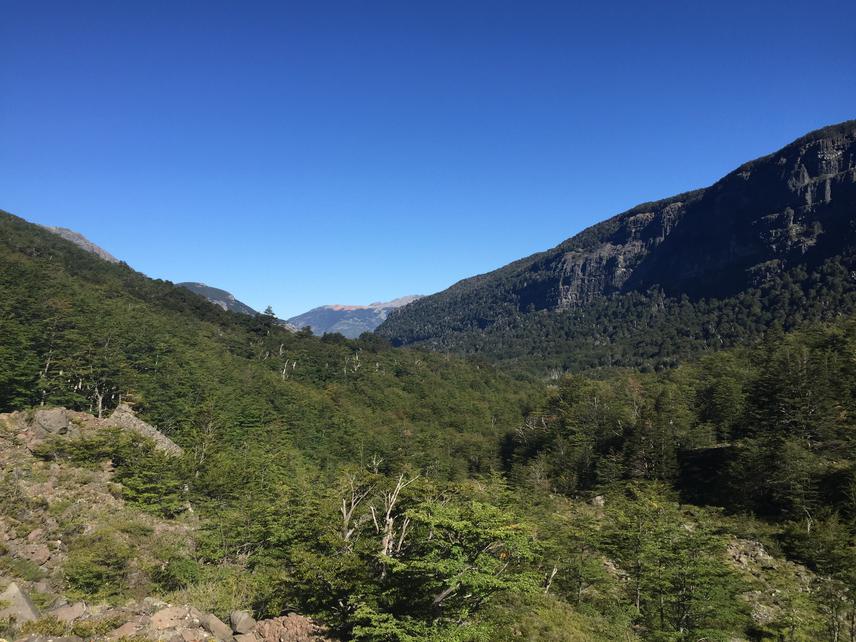Juliana Galvao de Sousa Magalhaes
World forest ecosystems have been affected by a changing climate, and only the best competitors will dominate in the new climate. Studying how trees compete and what their local responses would be to climate change will help predict future landscape vegetation patterns.

The ongoing process of changing climate is impacting forest dynamics. Even though climate-adapted tree species are expected to migrate, the whole ecosystem will not move as a continuous unit. Tree species may migrate at different rates, and competition between tree species may restrain migration. Consequently, tree migration may not keep up with a changing climate. Much of the research that predicts tree species responses to climate change has focused on the study of individual trees rather than the interaction among mixtures of species in forest stands.
This project proposes a more suitable research design to study the impact of climate change on tree species which accounts for forest stand level response. First, it is essential to understand the mechanisms of tree competition. Historical conditions (dendrochronological and climatic data) will be collected, local responses to changes in precipitation and temperature identified, and a tree radial growth model will be developed using computational algorithms. Nahuel Huapi National Park, in Argentina, is the perfect site for climate change studies due to its topographical variation which results in a variety of species mixtures over short distances. We expect to understand Nahuel Huapi forests as a whole under a scenario of climate change, especially the impacts on competitive interactions between tree species. Trees are driving factors of forest ecosystems. With a scenario of longer periods of drought and increasing frequency of fire in Patagonia, understanding competition between tree species will facilitate future inferences about new vegetation community that will develop in a new climate.
This approach is critical for forest planning in the park. It can serve as a guideline to base more successful management actions to positively intervene in the migration of tree species. Consequently, it can help guarantee that the park can continue providing water supply, wildlife habitat, tourism services and woodlands. Moreover, this research will enrich climate change literature and understanding in the southern hemisphere.